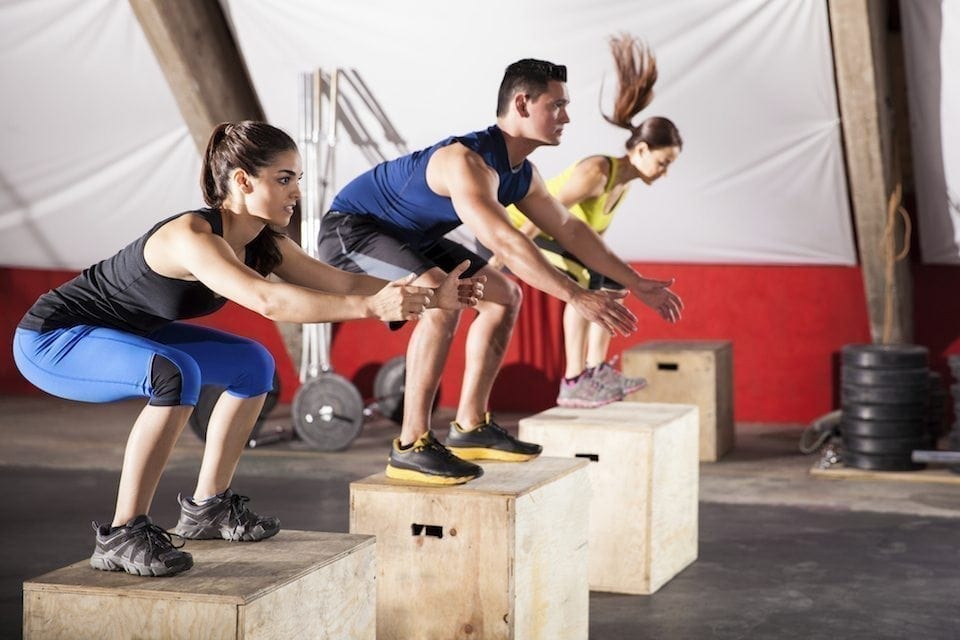Okay, we get it, your workout was soooo hard yesterday, and you can’t. move. a muscle.
While we’re all guilty of wearing our soreness as a badge of post-workout pride once in a while (and you totally deserve it for giving your workout your all), experts say the feeling is not, in fact, a reliable measure of your fitness progress.
“If someone gets really sore, it doesn’t indicate they’re building more or less muscle, or did more or less damage, per se. It’s usually just a novel stimulus,” says Peak Performance trainer Ethan Grossman, who’s worked extensively with professional athletes and physical therapists and has degree in exercise science. “You feel accomplished. But feeling like crap doesn’t necessarily mean you’re getting closer to making changes in your body.”
Here’s what it does mean.
Why You’re Sore
By a “novel stimulus,” Grossman means you’ve switched up your workout and surprised your body with something totally new. So if you’re a barre class regular and go for a 5-mile run for the first time in years, your legs might not want to move 24 hours later. If you’re a Barry’s Bootcamp junkie and suddenly go to yoga, bendy is probably not the only thing you’ll feel the next day. (Which explains why CrossFitters are always sore and dying to talk about it, since their workouts change day-to-day.)
Soreness also tends to occur with lots of eccentric (lengthening) muscle contractions, which you can think of as the “lowering” or “decelerating” phase in a weight-bearing exercise, he says. So if you’re bench pressing, the part where you’re lowering the weight back down will encourage soreness, while pushing a sled (a common exercise at Peak Performance), which is all concentric contraction (shortening), might not.
What to Do on Achy Days
In a locker room recently, a group of women were chatting about aching muscles. “It’s so good to work out when you’re sore,” one gushed. Well, not necessarily.
Grossman says on those special shaky days, he’d usually recommend that you do more of an active recovery-style workout. “If you’re extremely sore in a particular area, I probably wouldn’t recommend training that area again,” he says. Instead, do something at a lower intensity that will get blood flowing to the muscles but not over-tax them. You could also focus on concentric movements, he says, so you don’t just keep piling on soreness.
Pain Equals Progress?
At the end of the day, cross-training is effective, but if you really want to make meaningful changes, Grossman says, you have to build some consistency into your workout regimen and also allow for recovery. Refine Method founder Brynn Jinnett agrees.
“It’s expected and normal and fine if you experience soreness, but people associate that soreness with progress,” she says. “In a good program, you should be sore, and then not sore. And then you should be sore again if you add weight or change up an exercise.” In other words, constant pain does not necessarily equal maximum muscle gain—it probably just means you’re piling on new movements.
Jinnett recommends focusing on a set of movements for a four- to six-week cycle before going back to that painful place. It’ll be better for your body, and your friends will probably be less annoyed by your workout bravado, too. —Lisa Elaine Held for Well+Good
Do you brag about how sore you are after a workout? (Do you secretly love feeling sore?) Tell us in the comments, below!




